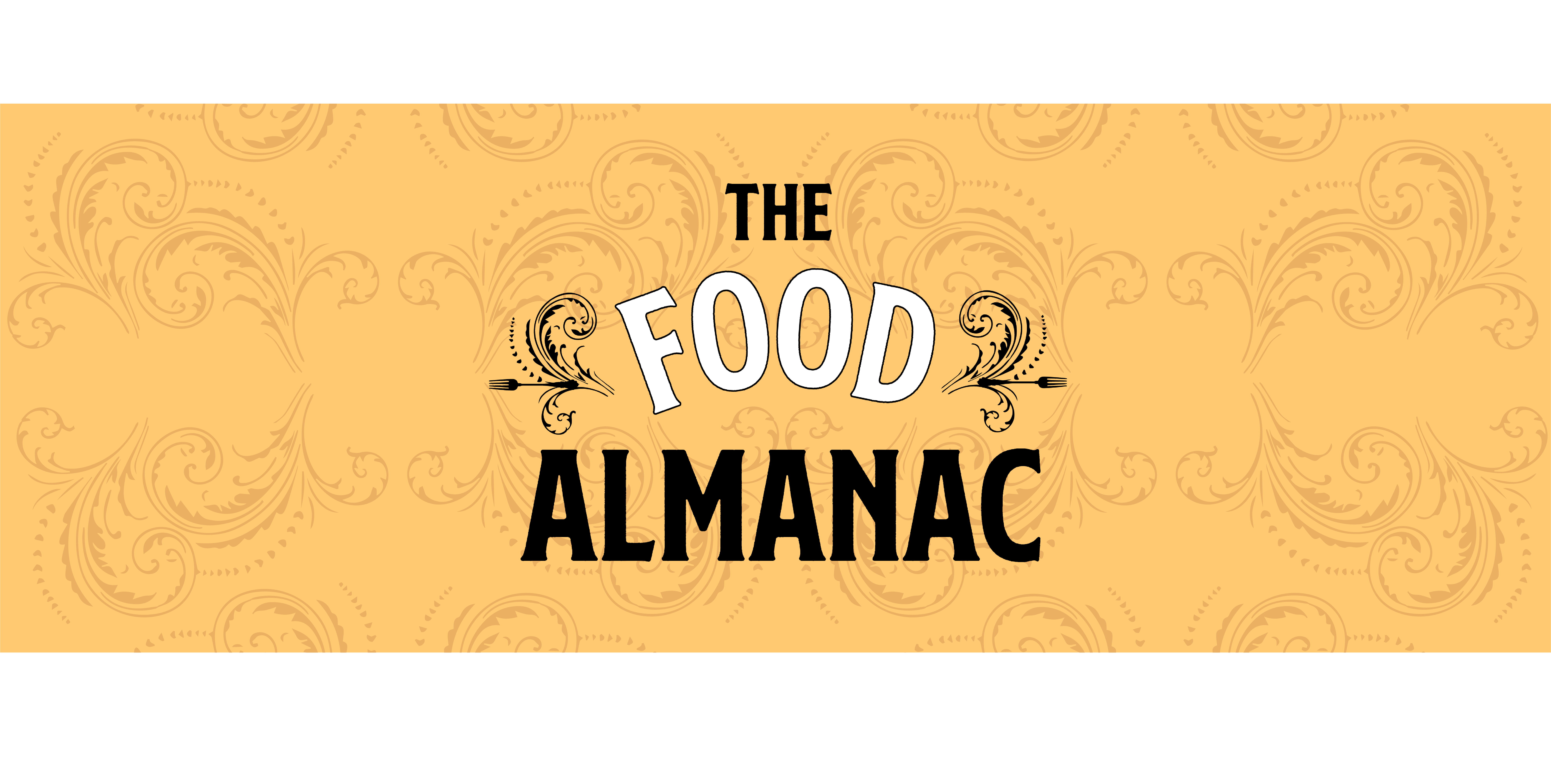Today is
Balsamic Vinegar Day. A specialty of the region around Modena in Italy, balsamic vinegar is aged in wood barrels. . . but there's a bit more to it than that. The vinegar is made directly from grape juice, not stopping at the wine stage. It's then aged long enough to take on a dark brown color. In its best forms, the vinegar stays in the barrels for decades. Century-old balsamic vinegar is not unheard of. It's intensely flavored and it's very expensive.
Why would anyone hold onto vinegar for a hundred years? The clue is in the word "balsamic," a reference to medicinal qualities which, it was once believed, the stuff possessed. (Although it's said that the first balsamic vinegar was made by mistake, when a barrel of grape juice was forgotten for decades in a cave.) Balsamic vinegar first became popular in New Orleans in the early 1980s, when the first wave of innovative chefs swept through our town opening restaurants.
Most balsamic vinegar is not aged very long, and sometimes gets its color from additives. Even these are better than the cheap vinegars that used to dominate the scene even in the great places. You can spot the really good stuff because it's as thick as syrup, is not especially acidic, and adds flavor with only a few drops. It's a delicious, mouth-watering elixir.
Here's a website with an interesting history of balsamic vinegar.

